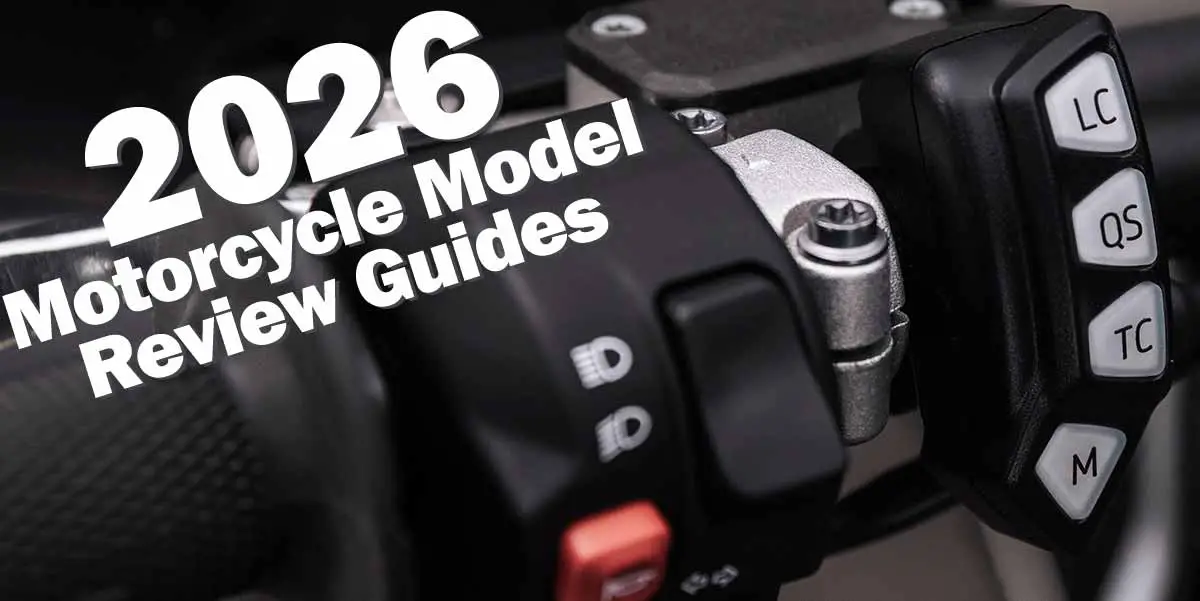
| The all-new SC0 soft compound development rear tyre developed for the WorldSBK riders should offer greater wear protection and consistency | ||
| The seventh round of the FIM Superbike World Championship, which will take place in Portugal from 9 to 11 August and where Pirelli will be the Event Main Sponsor, will see the debut of a new rear tyre.
On the occasion of the Pirelli Portuguese Round at the Autodromo Internacional do Algarve in Portimão, Pirelli has chosen to introduce a brand new rear development solution in the soft SC0 compound, with specification D0661, which represents an evolution in terms of robustness of the standard SC0 and designed with the aim of maintaining constant performance thanks to better wear resistance. The circuit in the south of Portugal is known for its steep undulations, for which it is often informally referred to as the “roller coaster”. In addition to its peculiar layout, the high temperatures, typical of the summer period, make it a particularly demanding proving ground and therefore ideal for testing new solutions because it is a context in which the ability to manage the tyres is crucial. For this same reason, as has already happened in previous editions, instead of the usual SCQ, the riders will have the standard SCX available for qualifying and the Superpole Race. A development SC0 for the possible heat of August · SC0 development for WorldSBK: for the front, the standard SC1 and SC2 combination will be re-proposed in WorldSBK, with 8 units each per rider. For the rear, in addition to 8 units of the aforementioned development SC0, there will also be 8 units of standard SC0 and 5 of standard SC1, while there will be 4 units of the SCX destined for Superpole and Superpole Race. For WorldSSP, there will be 6 units of SC1 and as many of SC2 for the front, which can be combined with SC1 or SC0 (in quantities of 7 and 4 pieces respectively) at the rear. All the solutions for the latter class are standard. · Grip and temperatures: the track was resurfaced in 2020, but still has a rather low chemical grip and therefore poor grasp. The resulting spinning exposes the rear tyres, and in particular their right shoulder, to frequent and high temperature variations. The last corner is the most representative in this sense: featuring constant acceleration which generates very high temperature peaks. At the same time, in “stop & go” type corners that require very intense braking and pick-up, the opposite problem can occur, namely that the tyre is cooler than optimal during acceleration. Turns 5 and 13, both left-handers, are the two most emblematic in this sense. · Braking and stress: while the rear tyre undergoes little but intense mechanical and thermal stress, the speed and precision of the front plays a key role in slow and tight corners. Braking is abrupt and often downhill or counter-sloping, with strong lateral and longitudinal loads. Of these, turn 1 is the most difficult and demanding: here the front has to travel many metres in leaning and at the same time braking, arriving at high speed from the long main straight (almost 1000 metres) and after a bump. Other challenging corners are turn 5, a counter-slope left bend downhill, and the 10-11 sequence, which can put the front of the bike in crisis. |

Michael Le Pard (“Mr. Totalmotorcycle”) is the Founder of Total Motorcycle, the world’s largest motorcycle information site, trusted by over 430 million riders since 1999. With over 34 years of experience in motorcycles, gear and rider culture, he has built a global community dedicated to empowering and inspiring motorcyclists.
Total Motorcycle remains his passion project. Combining expert research, hands‑on knowledge and a commitment to helping riders make informed decisions about bikes, gear and safety worldwide.


